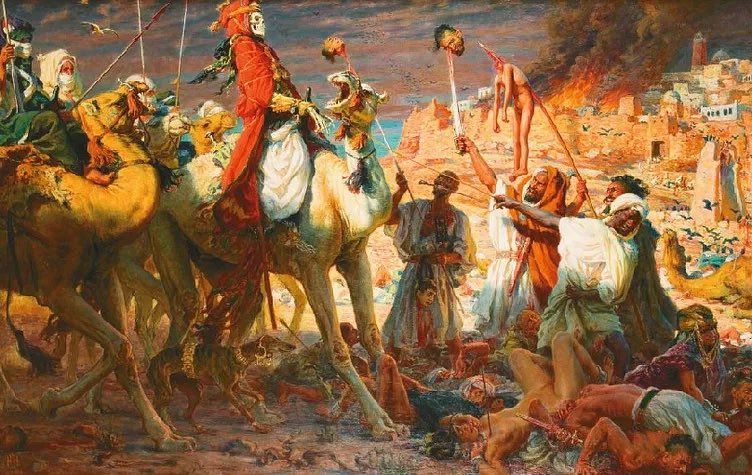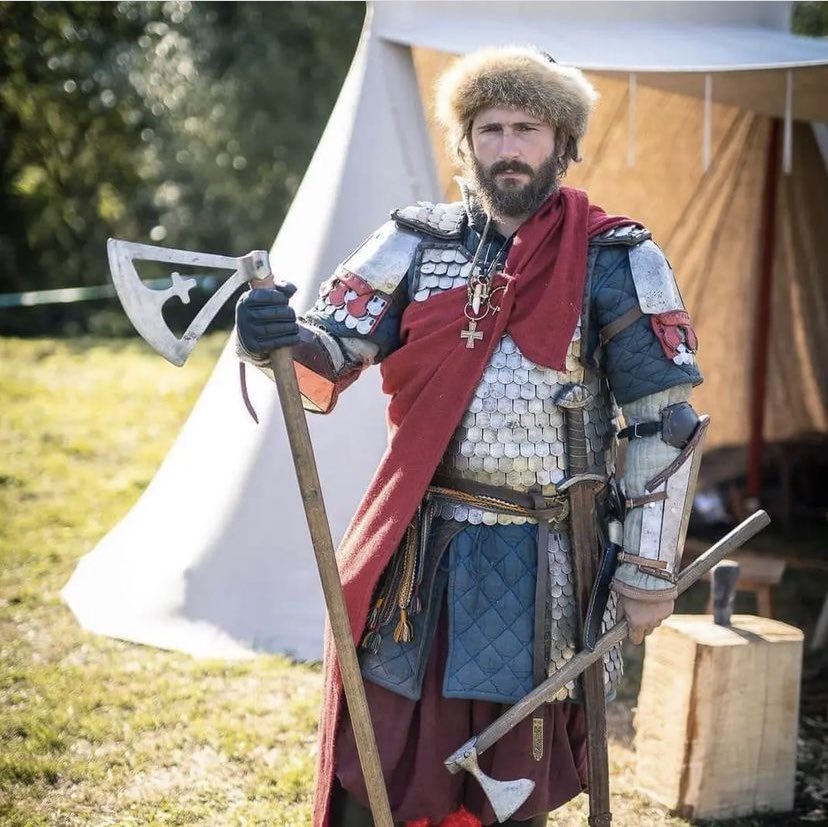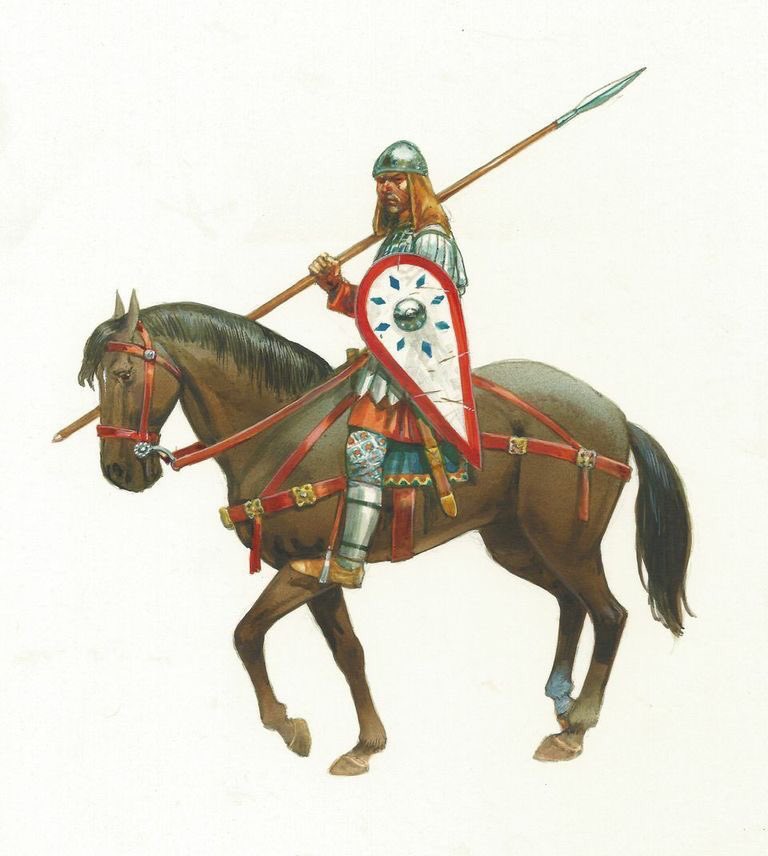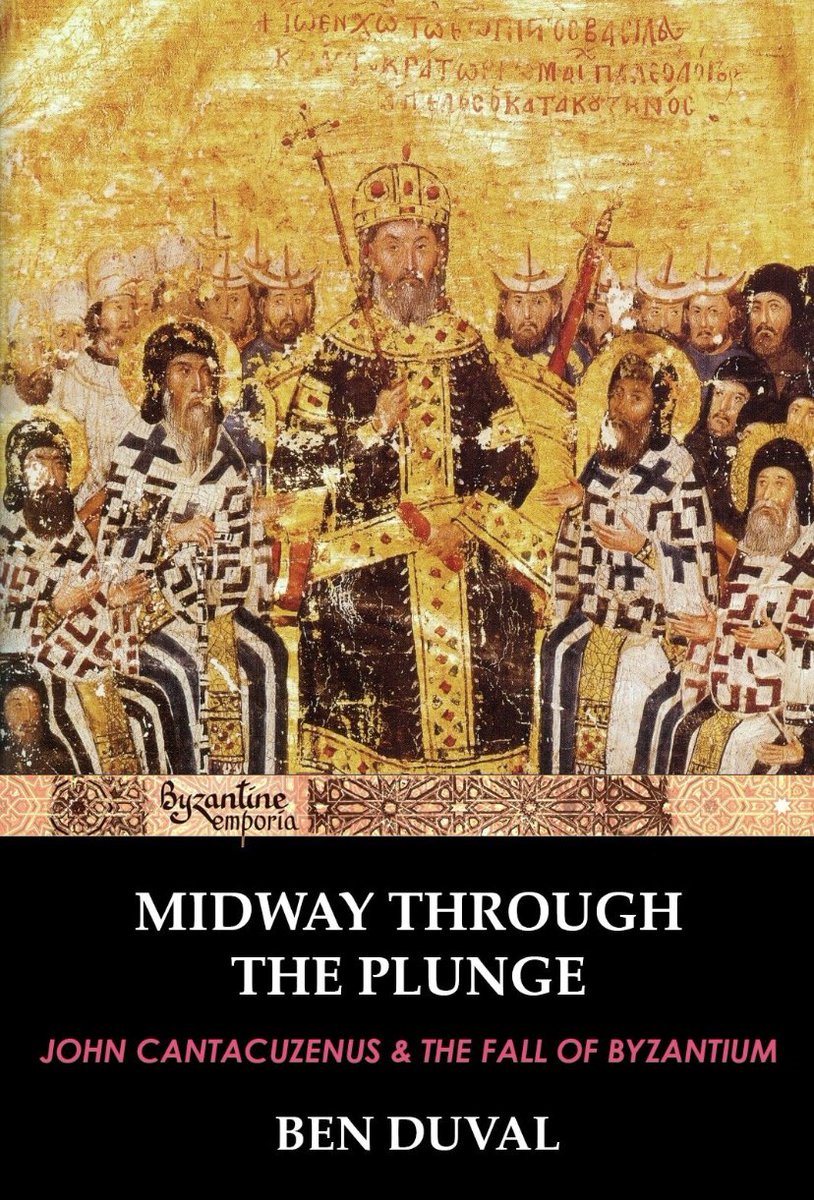
After centuries of cruel chattel slavery, African slaves rise up to massacre their oppressors. A protracted & bitter war ensues, the rebels taking refuge in the marshes & rivers that surround the now-charred plantations.
This is Iraq.
This is Iraq.

After the Arab conquest of Mesopotamia a military camp was established in the marshlands of southern Iraq. This camp soon grew into the wealthy port city of Basra, the link between Baghdad & the rich lands that lay on the Arabian Sea & beyond. 

Southern Iraq was once a fertile region, the cradle of the first cities & Sumerian civilization, but flooding & poor upkeep reverted the land to marshes. The wealthy residents of Basra were given ownership of these marshlands on the condition they brought them under cultivation. 

For this task many thousands of Bantu-speaking slaves were imported from the Swahili Coast, the Zanj. Clearing the marshes & working the salt flats was a miserable existence, compounded by the cruelty of the overseers. Theses unimaginable conditions made the slaves restive. 

Two revolts in 689-90 & 694 AD had previously failed. The Abbasid Golden Age brought prosperity to the wondrous cities of Mesopotamia, far from the wretched marshes where sickness & depravation felled the Zanj in the 1,000s. Still, the slaveships sailed & replenished their number 

However, the 860s AD was a decade of internal strife for the Abbasids, weakening their grip on power & allowing ambitious men & factions to try & take power for themselves. One of these trouble-makers, Ali ibn Muhammad, bounced from Bahrain, to Basra, to Baghdad seeking power. 

In 869 AD Ali heard of unrest in Basra between the local factions & travelled there to “seek out black slaves working in the Basra marshes & to inquire into their working conditions.” Ali, seeing an opportunity & the horrible conditions of the Zanj, campaigned for their freedom. 

Ali promised wealth, freedom, & power. The Zanj & other slaves, seeing an opportunity, joined him. Ali began preaching the egalitarianism of the Kharijites, notable for their position that “most qualified man should be Caliph, even if he was an Abyssinian (black) slave.” 

Ali’s platform attracted discontents; semi-liberated slaves, poor townsfolk, peasants, & Bedouins. However, the bulk of his army remained the Zanj. Ali & his followers began a guerrilla war from their bases in the marshes, building a new city for themselves named Al-Mukhtarah. 

The Zanj appeared out of the morning mists like ghosts, raiding towns, villages, & plantations, freeing slaves & burning the rest to ashes. Their rebellion grew & they constructed forts to control the territory, built a navy, collected taxes, & even minted their own coins. 

By 871 AD they were strong enough to besiege Basra after a lengthy blockade. Ali invited local Bedouin tribesmen to join the attack & the coalition quickly overpowered the city’s defenses. The Zanj offered amnesty to the citizens that congregated at the palace & public squares. 

Once the people had been assembled the Zanj trapped & slaughtered them. Up to 20,000 people were murdered, including many of the city’s famous intellectuals. All the wealth of the city that the Zanj could carry was taken, the rest was destroyed. 

The destruction of the jewel of southern Iraq shocked many in the Muslim world. However, the Zanj continued to enjoy military success, devastating much of the floodplains in southern Iraq & Iran & even marching within 50 miles of Baghdad, the great city of the Abbasids, in 879 AD 

Most of this success was not due to the strength of the Zanj, but the disorder among the Abbasids. In late 879 the Abbasids finally had reestablished enough control to seriously oppose the Zanj. The caliph & his son both personally lead armies deep into Zanj-held territory. 

The Abbasids refused to fall into the ambushes that served the Zanj so well early in their rebellion & even managed to lure the Zanj into some of their own. With the full weight of the Caliphate bearing down on them, the Zanj were slowly, bloodily forced back toward their capital 

For two & a half year the Abbasids besieged Al-Mukhtarah. The Caliph built his own city nearby, Al-Muwaffaqiyyah, to help support combat operations. The Abbasids attacked the Zanj with many thousands of men, hundreds of barges & vessels, slowly grinding down resistance. 

The Abbasids even used naphtha to burn the tinder-like reed buildings of the area. The Abbasids offered amnesty for surrendered rebels & pardoned them in full view of the rebel positions, those that were killed in battle were decapitated & their heads displayed to their comrades. 

Despite this demoralization, the Zanj stubbornly clung on, the Caliph himself was seriously wounded in the fighting, demonstrating the desperate & brutal nature of this war in the marshlands. In August of 883 AD, the Zanj defenses were breached & Abbasid troops poured in. 

The Zanj grimly fought on & fell under the blades of their erstwhile masters, their last breaths taken as free men. Ali died with his followers in the carnage, his head was displayed in Baghdad, marking the end of rebellion. 

Small flares of resistance still appeared, like the short-lived Zanj revolt in Wasit (885 AD), but the authorities remained hyper-vigilant & crushed these movements before they could gain traction. Regardless, decades of war had weakened the Caliphate further. 

Hundreds of thousands were dead, the productive cropland & wealthy cities of Southern Iraq & Iran were devastated, & Abassid credibility was further weakened. Contemporary Muslim historians characterized it as the “most vicious and brutal uprisings.” 

Much land was ceded to weeds, bridges, canals, and roads were destroyed, the people were slaughtered & trade disrupted. Misery reigned & cannibalism was reported by shocked contemporaries. The German historian Theodor Nöldeke argued the region has never fully recovered. 

During this time Egypt’s Tulunid governors asserted independence, the Saffarids seized the eastern provinces, the Byzantines destroyed the Paulician allies of the Caliph & took their capital of Tephrike, demonstrating the rapid collapse of the once world-spanning empire. 

As for the Zanj, S. Iraq remains their home. Many now speak Arabic & practice Islam; however, some still speak Swahili & practice syncretic healing rituals & musical performances influenced by their ancestral customs. Some estimate a million Afro-Iraqi live in & around Basra. 

The shrinking marshlands of S. Iraq remain much as they were in the days of Ali. No longer surrounded by sugar plantations or drained by armies of slaves, they are a silent sentinel of the now-lost nightmare of the Zanj Rebellion & those who once sought refuge among the reeds. 

• • •
Missing some Tweet in this thread? You can try to
force a refresh























